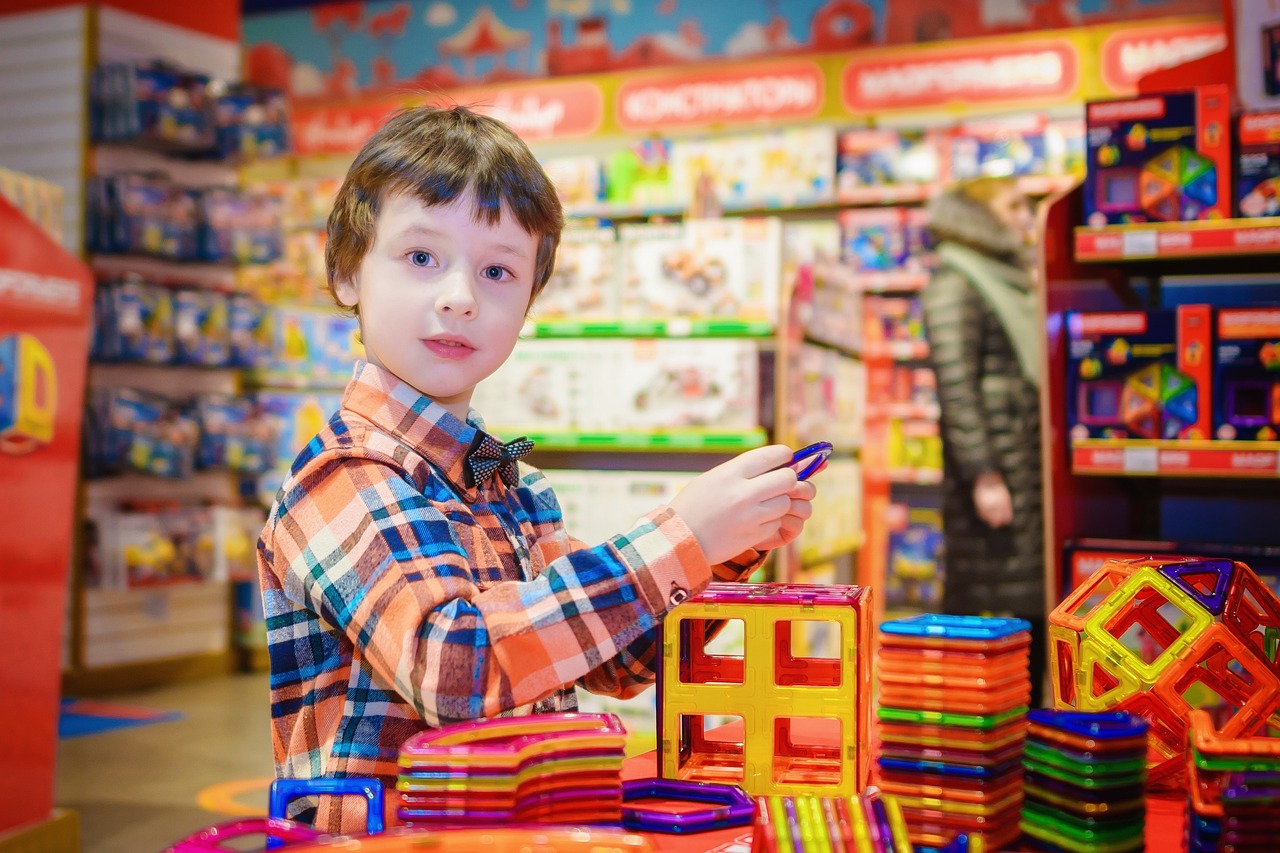The Silver Screen in Your Living Room: TV and Movies as Toy Trend Trailblazers
In today’s fast-paced, digital world, the influence of the small and big screens on our buying behaviors can’t be overstated. For generations, children have begged for the latest toys inspired by their favorite characters from TV shows and movies. But what is the magic formula that turns a 30-minute cartoon or a blockbuster hit into a collective cultural moment and, inevitably, a hot toy trend? And how do these media-influenced toys hold up to the scrutiny of parental consumers concerned not just with their kids’ entertainment, but also their development and well-being?
This deep-dive blog post will spin the tale of how TV and movie characters leap from the screen into our homes, influencing children and parents alike. Packed with insights and case studies, you’ll gain a new perspective on how to approach toy trends, making you a more informed shopper and perhaps, in the process, rekindle your own childhood fascination with the nexus of media and play.
TV Shows and Movies Shaping Toy Trends
From the first Mickey Mouse toy to the latest LEGO Star Wars set, there’s a rich history of TV and movies catalyzing toy crazes. Today, with the dawn of streaming services and expanding content libraries, the potential for screen-based toy trends is greater than ever. Shows and movies like Peppa Pig, Frozen, and the Avengers series have not only captured children’s imaginations but have become the cornerstone of successful toy lines.
The Power of Narrative
One reason certain media resonates is the power of storytelling. When children connect with a character’s story, they want to recreate it in their play, with each toy becoming a chapter in their own personal narrative. This is where television shows and films excel, giving depth and development to characters that children can follow and invest in.
From the Screen to the Shelf
The trajectory of a TV or movie character to a toy store shelf is a fascinating one. Whether through licensing agreements or in-house production, toy companies are quick to capitalize on successful media properties. They employ teams of designers who meticulously craft toys to the likeness of characters and scenes, ensuring that the experience of play mirrors the magic on screen.
Parental Influence and Decision-Making
While children might point out the toys they want, it’s often the parents who have the final say and who spend the money. Navigating the landscape of media-driven toy requests can be a balancing act for parents.
The Value of Entertainment
For many parents, their primary concern is providing entertainment and joy for their children. They want to share the fun of their favorite childhood media or enable their kids to experience the thrill of the latest hit. Parents often view these toys as a way to create lasting memories and bond with their children.
The Educational Equation
While fun is essential, many parents also value the educational content of TV shows and movies. They look for toys and media that offer both entertainment and intellectual stimulation. The best media-inspired toys not only spur imaginative play but can also teach valuable lessons and skills.
Marketing Strategies for Toy Companies
Toy companies are masters at forging connections between media and merchandise. They employ powerful marketing strategies to ensure that their toys fly off the shelves.
Leveraging Media Tie-Ins
From product placement to exclusive tie-in promotions, toy companies spare no expense linking their products to popular media. This synergy benefits both parties; the media exposes the toys to a vast audience, while the toys prolong the life and engagement with the media.
Effective Campaigns
The success of a toy is not only about its connection to a popular show or movie, but also about how it’s marketed. Memorable ad campaigns, influencer partnerships, and unique selling points related to the media are crucial tactics in ensuring the success of media-related toys.
Impact on Child Development
While it might seem that media-driven toys are solely for entertainment, they can also play a significant role in a child’s development.
Psychological Effects
The relationship between media consumption and play is a complex one. On the one hand, media can inspire children to engage in creative, imaginative play. On the other, excessive commercialism can lead to passive consumption. It’s crucial for parents to understand and monitor this relationship.
Nurturing Creativity and Imagination
When done right, media-related toys can be powerful tools for nurturing a child’s creativity. By allowing them to reenact stories or create new ones within an established universe, these toys can be both a vessel for imagination and an outlet for self-expression.
The nexus of TV, movies, and toys is a dynamic and powerful one. As parents, understanding the influences at play and the ways in which they can impact our children is critical. By becoming aware of the manipulation present in certain media and marketing strategies, while also appreciating the genuine opportunities for entertainment and growth, we can make more informed decisions about the toys we bring into our homes.
In a world where the digital landscape is shifting and malleable, the enduring appeal of physical toys and play is a testament to their power. And the next time your child presents you with a toy request that seems to have materialized out of thin air, you can appreciate the rich tapestry of influences that brought it to your doorstep.
Parents, educators, and toy enthusiasts, I encourage you to share this post to spark a conversation about the media-toy ecosystem and its effects on our children. Together, we can explore this dynamic subject further and help to shape the playtime of the future.




